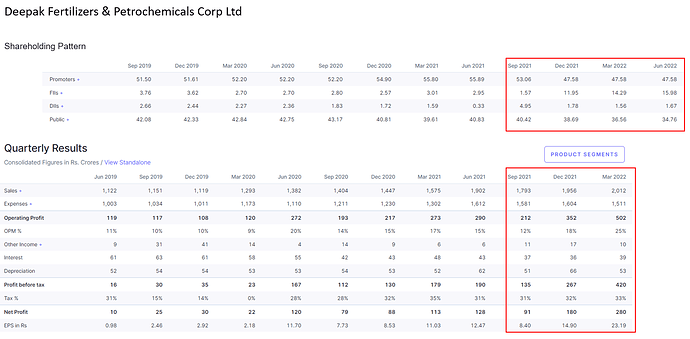My recent summary about the company
Key points
- Cloud computing industry has strong tailwinds, growing at 20-30% per year.
- E2E targets SME companies and startups as customers.
- E2E Networks offers much lower cost offerings (2.5-3 times cheaper, the company claims) versus the ‘hyperscalers’ AWS, GCP, Digital Ocean and Azure.
- Revenue has been increasing every quarter since March 2020 from Rs 2.2 cr to Rs 4.9 crores now.
Details
- Investor Presentation (May 2022) is the main source of information about the company.
- 2021 Annual Report
- Screener page
- Began in 2009 before cloud computing had taken off. Developed its service for start-ups.
- SME IPO in 2018, which was oversubscribed by almost 70 times. Transitioned to the NSE main board in April 2022.
-
Shareholding Pattern (June 2022):
- Promoters: ~59%
- Tarun Dua (Promoter and Managing Director): ~55%
- Blume Ventures Fund: ~11.8%
- Airavat Capital: ~4.8%
- Holding of major shareholders has not changed much since the IPO.
- Promoters: ~59%
- Focus has moved to SMEs as opposed to the startup ecosystem.
- One of the big customers transitioned out in 2020, resulting in big loss of revenue. The client concentration since then has reduced. No customer contributes more than 3-4% of the revenue. There are nearly 2000 active customers now.
- R&D costs are lower since they target customers who pay less, and enjoy simpler user experience UI and UX. R&D costs are a major component of expenses in such companies.
- Depreciation is high because computer systems have a low lifecycle of around 3 years.
Pros and Cons
- Pros
- Strong tailwinds in the industry. India is traditionally a price-sensitive market and E2E’s offering is among the lowest.
- Track record of working with a number of startups while they were small.
- Minimal customer concentration risk now.
- Cons
- Less trusted player compared to the hyperscalers. Will be severely affected if the hyperscalers reduce prices.
- Change in technology may render E2E’s current technology obsolete and require them to make substantial investments which could affect the Company finance and operation.
- Competitive industry. Company may be severely affected in an industry downturn.
- Key person risk—may result in strategy bias.
Disclosure: Invested from lower levels.

